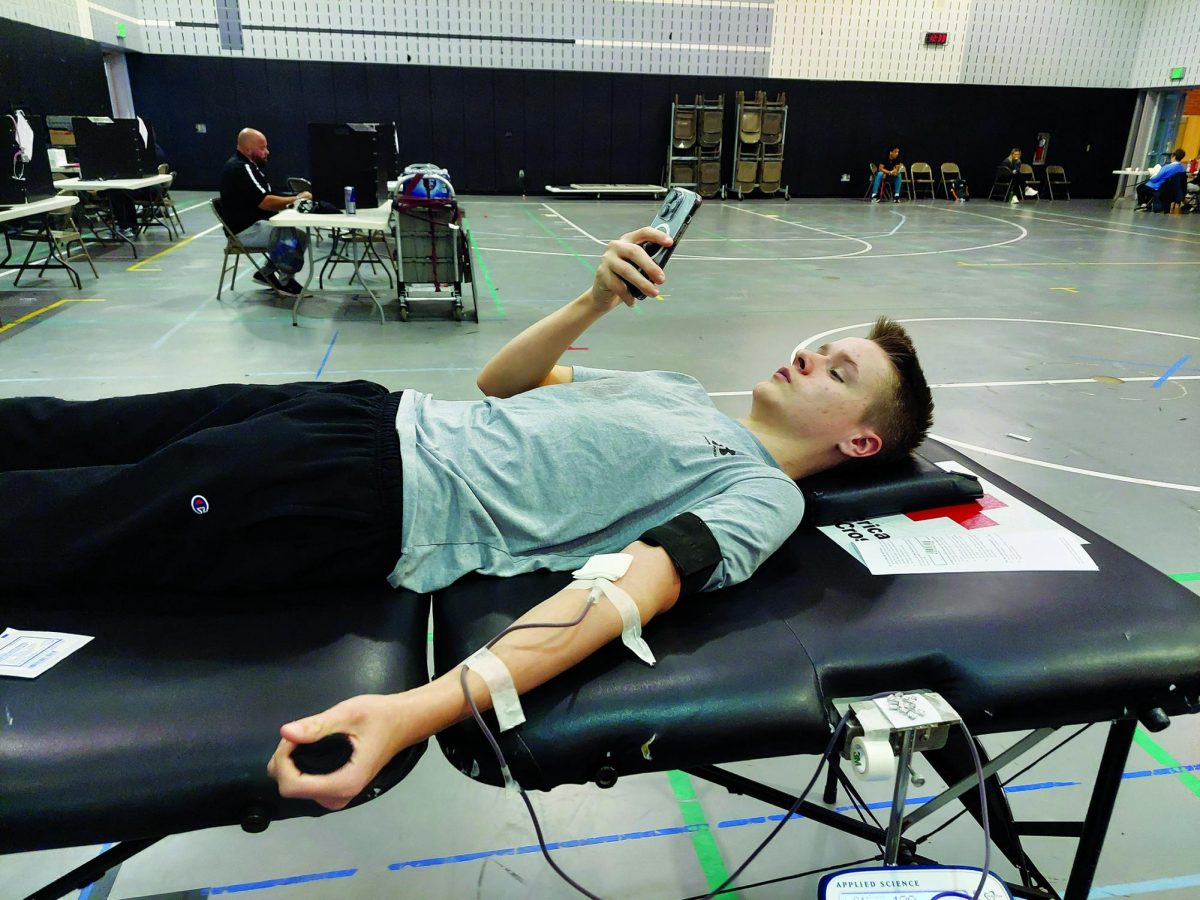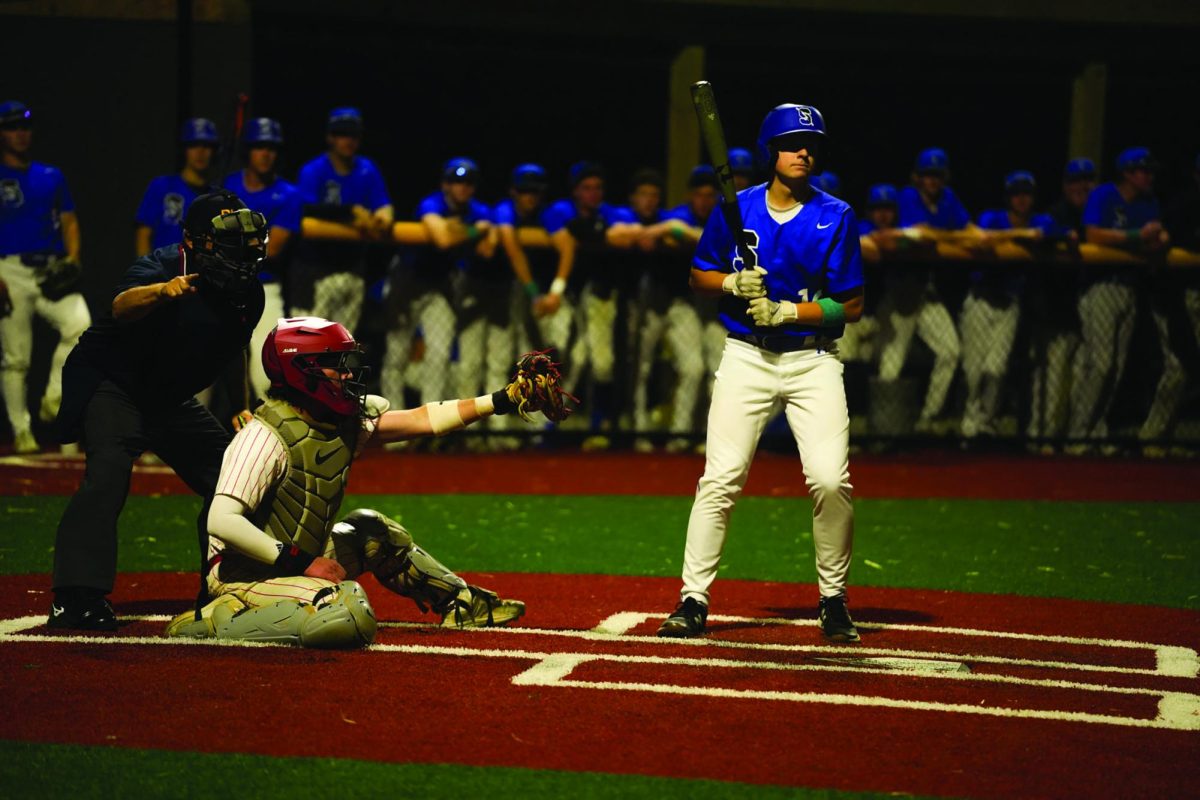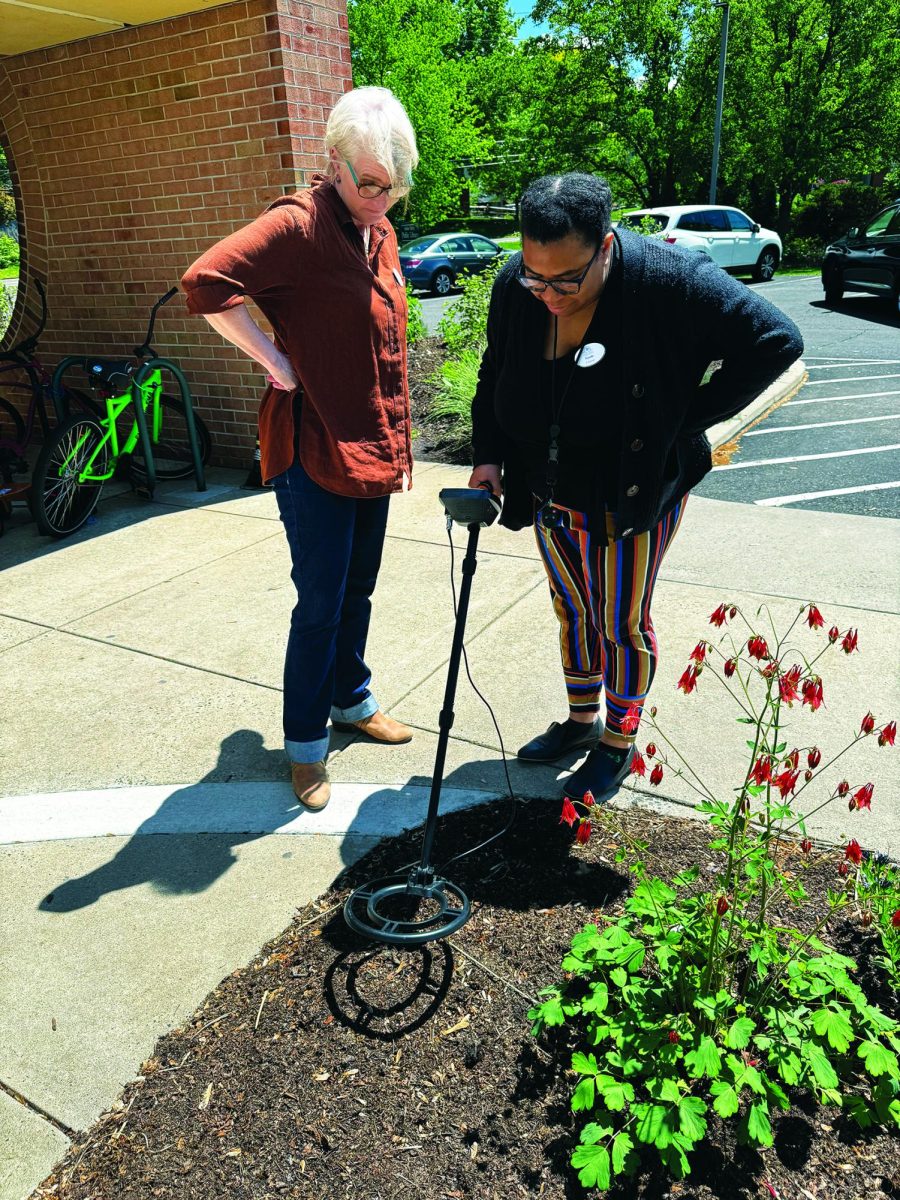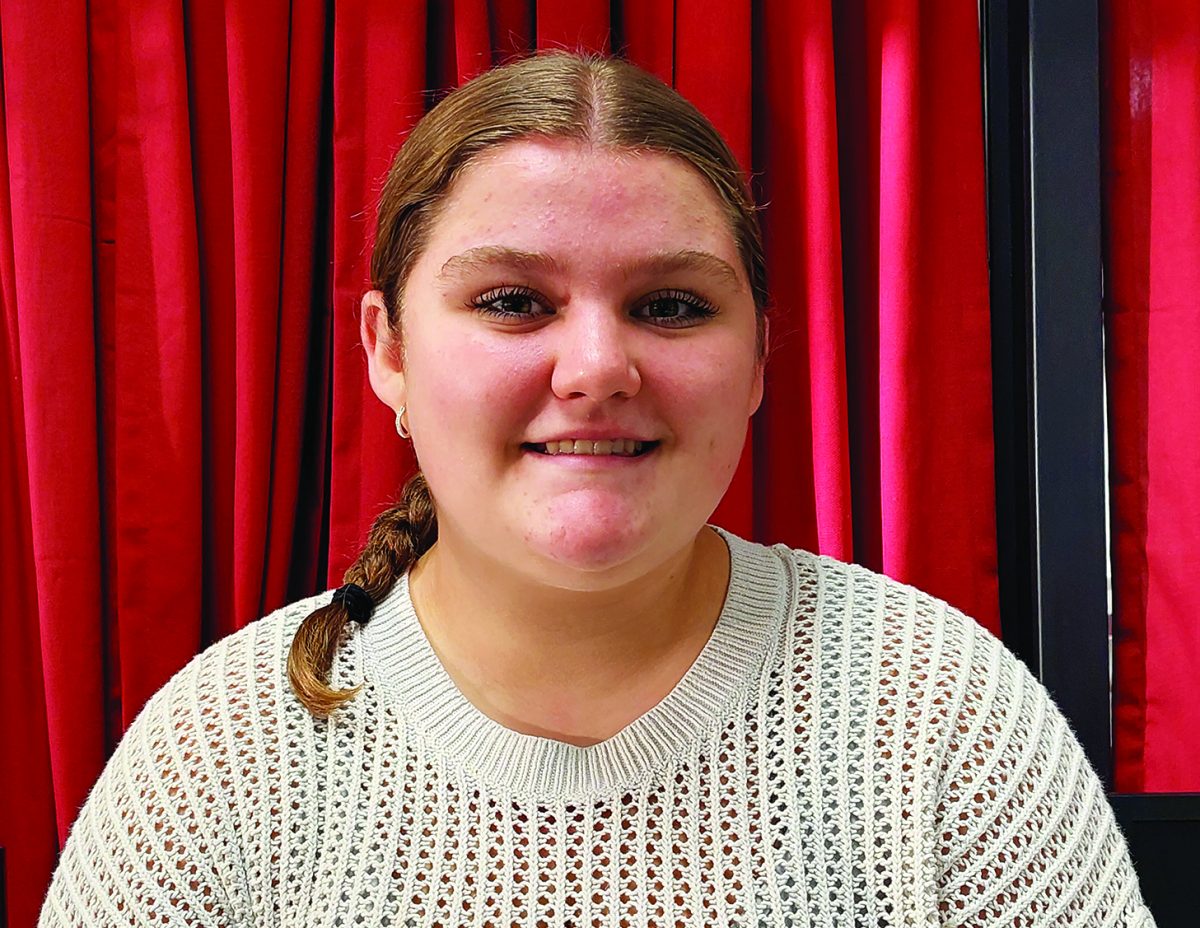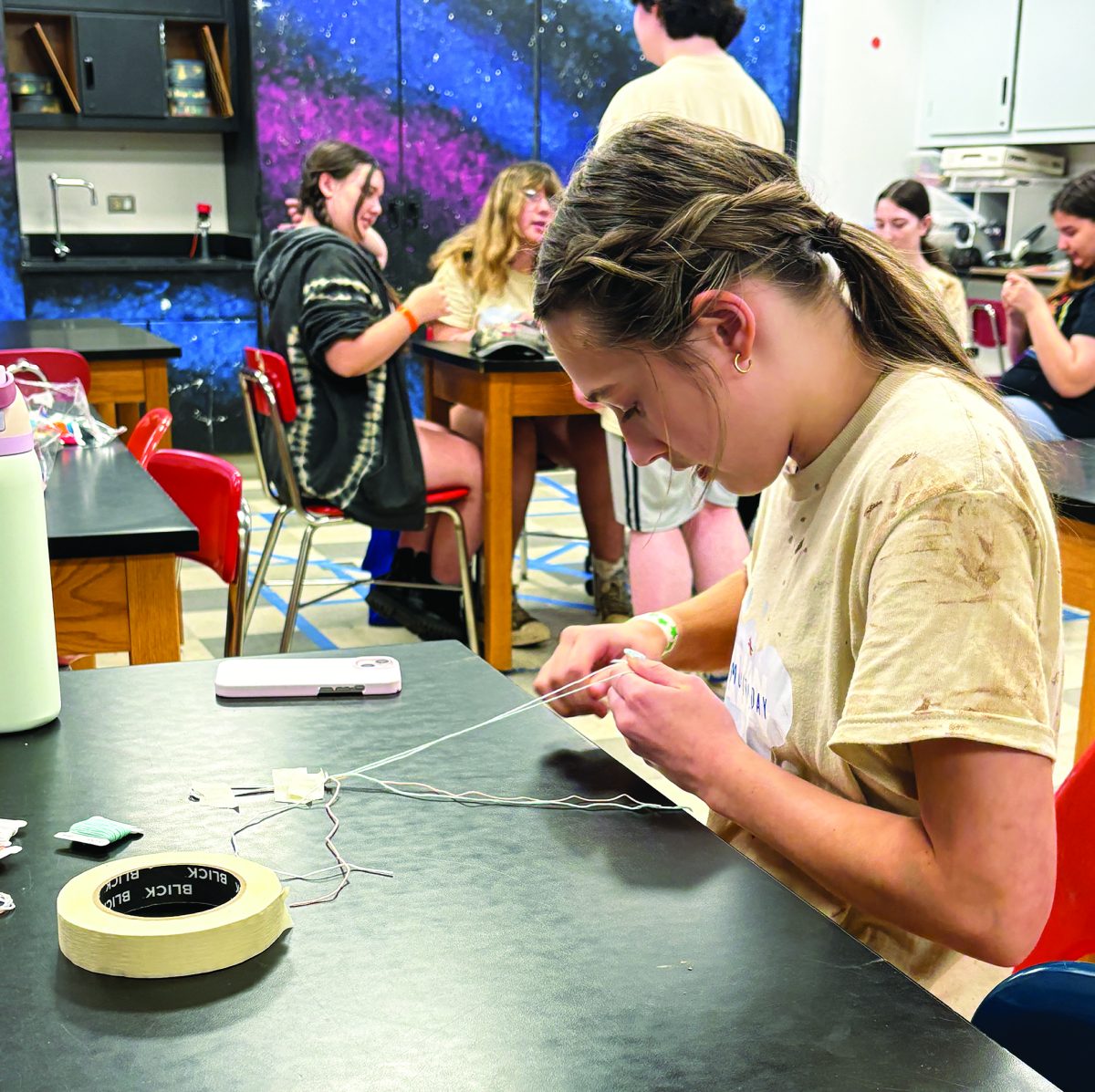Giving students and staff an opportunity to donate blood, wellness teacher Karin Clark collaborated with the American Red Cross to establish a safe and positive environment for first-time and returning donors on April 9.
According to Clark, prior to her teaching about the process of donating blood in her anatomy classes, the blood drive was not as successful as she would have hoped.
“They had problems in the past of some negative reactions from students and some issues with the blood drives,” Clark said.
Since then, she has devoted her time to making sure that the blood drives at Souderton run smoothly and safely.
“We kept the event organized, try[ing] to keep it a good environment for the students so that they can have their first donation experience be a positive one,” Clark said.
According to Clark, the donation process is fairly simple and only takes “10 minutes” to actually give blood.
Other requirements, such as checking iron and hemoglobin levels, as well as a 15-minute rest after donating is what makes the process last about an hour.
“First, you’ll come in and answer some questions. You’re going to get your iron and hemoglobin [checked] and blood pressure just to make sure you’re healthy [enough] to donate,” Clark said. “They’ll clean your arm, they’ll inject the needle and you’ll squeeze the ball. Then you’ll donate for about 10 minutes, and then you go in the canteen for about 15 minutes.”
According to BloodAssurance.org, school blood drives showcase the importance of “proactive involvement” in the community.
Along with American Red Cross nurses and phlebotomists, Interact Club also devoted their time to volunteer at the blood drive in hopes of making the donation process less nerve-racking and intimidating.
“I’m here for when people are done giving blood,” Interact member Mya Alderfer said. “I’ll tell them to come get a drink and a snack. They have to stay here for 15 minutes before they can leave so that we can monitor them.”
According to Clark, coming into a blood drive nervous is completely normal, especially for first-time donors.
“This is my 40th time [donating blood], and I still get [nervous] because it’s kind of a weird thing,” Clark said. “I’m saving potentially, three people’s lives by donating 10 minutes of my time.”
Encouraging words were also given to those who donated and those getting ready to donate by many Interact Club members.
“[They’re] doing a great thing and helping a lot of people,” Interact member Jaylin Le said.
Returning donors like special education teacher Maggie Bialowas and sophomore Matthew Kennedy shared similar positive experiences when donating.
“I think it’s a good thing to do,” Kennedy said. “Three years ago, I was definitely afraid of needles, and now I like volunteering to do it.”
Bialowas is pleased with the amount of lives she has been able to save just by donating.
“I know that I have [done a good thing] because [the American Red Cross] sends you a little alert that tells you where your blood went,” Bialowas said.
At annual blood drive, heroes come in all ‘types’
With help from the American Red Cross, the high school hosted a blood drive on April 9 in the auxiliary gym.
Think ‘positive’ thoughts…Donating blood on April 9, junior Brad Peck lays on a gurney in the high school’s auxiliary gym.
1
More to Discover
About the Contributor
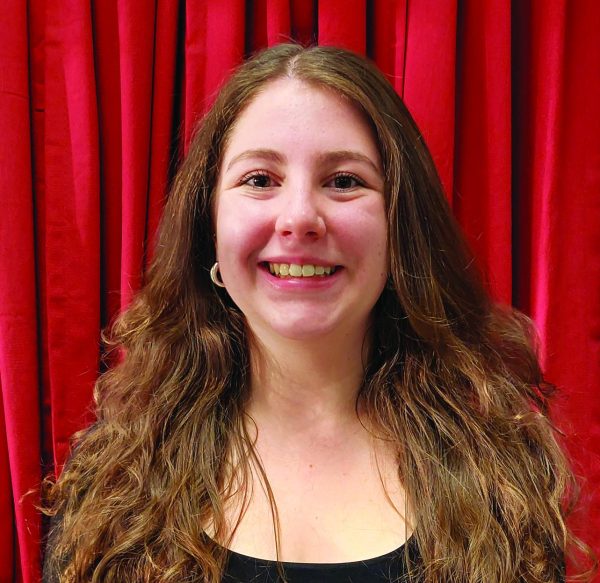
Julia Sipes, Features Editor

